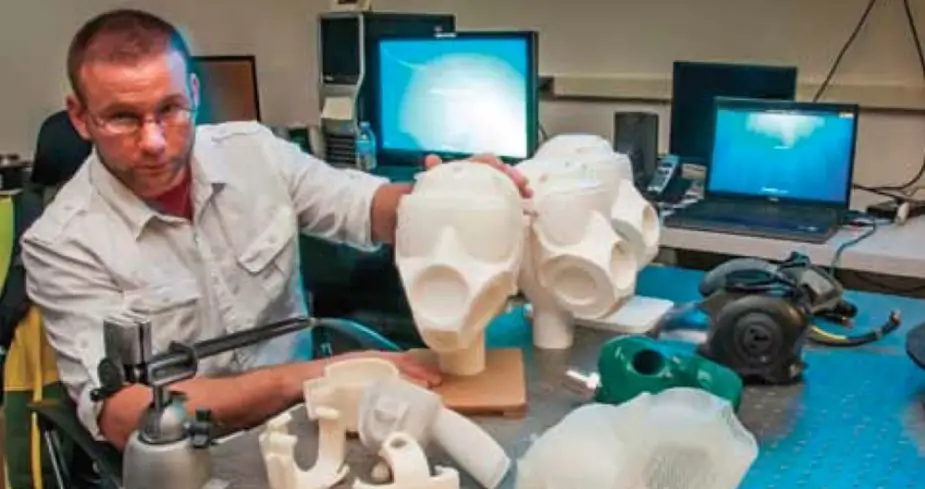Breaking news
US Army looking to modernize depots, expand 3-D printing.
Gary Sheftick, Army News Service, reports “The Army's depots, arsenals and ammunition plants are a key component of force readiness, said Lt. Gen. Aundre Piggee, who added a holistic assessment is underway to modernize those facilities. Piggee, the Army's G-4 or deputy chief of staff for logistics, testified June 28 before the House Armed Services Committee's readiness subcommittee during a hearing on Army and Marine Corps depot policy issues and infrastructure concerns.

3-D printing will prolifer in the US Army, as well as in the other forces (Picture source: Fabbaloo)
The Army's organic industrial base is a $14 billion enterprise of 23 ammunition plants, depots and manufacturing arsenals, Piggee said. "When the force needs equipment or parts manufactured or repairs upgraded, the OIB delivers," he said. Some of the facilities date back to World War II though, he explained. "We have aging, failed and failing facilities," Piggee said. "We've invested close to a billion dollars over the last 10 years to modernize our facilities as well as our equipment."
The Army has a near-term plan to invest almost $400 million in its organic industrial base, he said. The service is also in the process of a long-term holistic assessment to prioritize modernization of its OIB facilities through 2030. The assessment will conclude sometime after the first of the calendar year, he said. "Our goal is to eliminate that old, failed or failing infrastructure as we modernize across all of our 23 depots throughout the OIB," he said. Some state-of-the-art facilities have already been built.
Piggee discussed a new Center of Excellence for Additive and Advanced Manufacturing -- commonly referred to as 3-D printing -- that the Army is establishing at the Rock Island Arsenal Joint Manufacturing and Technology Center in Illinois. "They will develop techniques, processes and procedures that they will be responsible to proliferate throughout the Army where we can take advantage of this additive manufacturing and other machine-learning with the intention of reducing workload, becoming more efficient and taking advantage of today's technology," Piggee said.
Already 16 of the Army's arsenals and depots have some 3-D printing capability, he told members of Congress. "When our supply chain is not able to provide necessary repair parts in a timely manner, we found we can 3-D print parts. That reduces the amount of time we wait for our supply system," Piggee said. For instance, Anniston Army Depot in Alabama has incorporated an additive process to repair Abrams tank compensating suspension arm parts, saving 39 weeks in lead time and saving costs in parts. "We've also found that we can 3-D print special tools in some cases, again allowing us to be more effective and efficient in production of our supply chain," Piggee told members of Congress.
The Army's Armament Research, Development & Engineering Center headquartered at Picatinny Arsenal, New Jersey, has developed a rapid fabrication system for additive manufacturing on the battlefield to create repair parts, specialty tools, and other critical items. This process won the Army's FY17 Maj. Gen. Harold J. Greene Award for Innovation. "Increased readiness is the bottom line of the Army's initiative to incorporate additive and advanced manufacturing throughout our organic industrial base," said Mark Morrison, Army Materiel Command's director of Industrial Base and Infrastructure Planning.
The Additive and Advanced Manufacturing Center of Excellence at Rock Island Arsenal will link five lines of effort to increase readiness, said Dr. Bernard Goodly, AMC's Industrial Base Capabilities Division chief. Those lines of effort are research and development, manufacturing, fielding and sustainment.


























